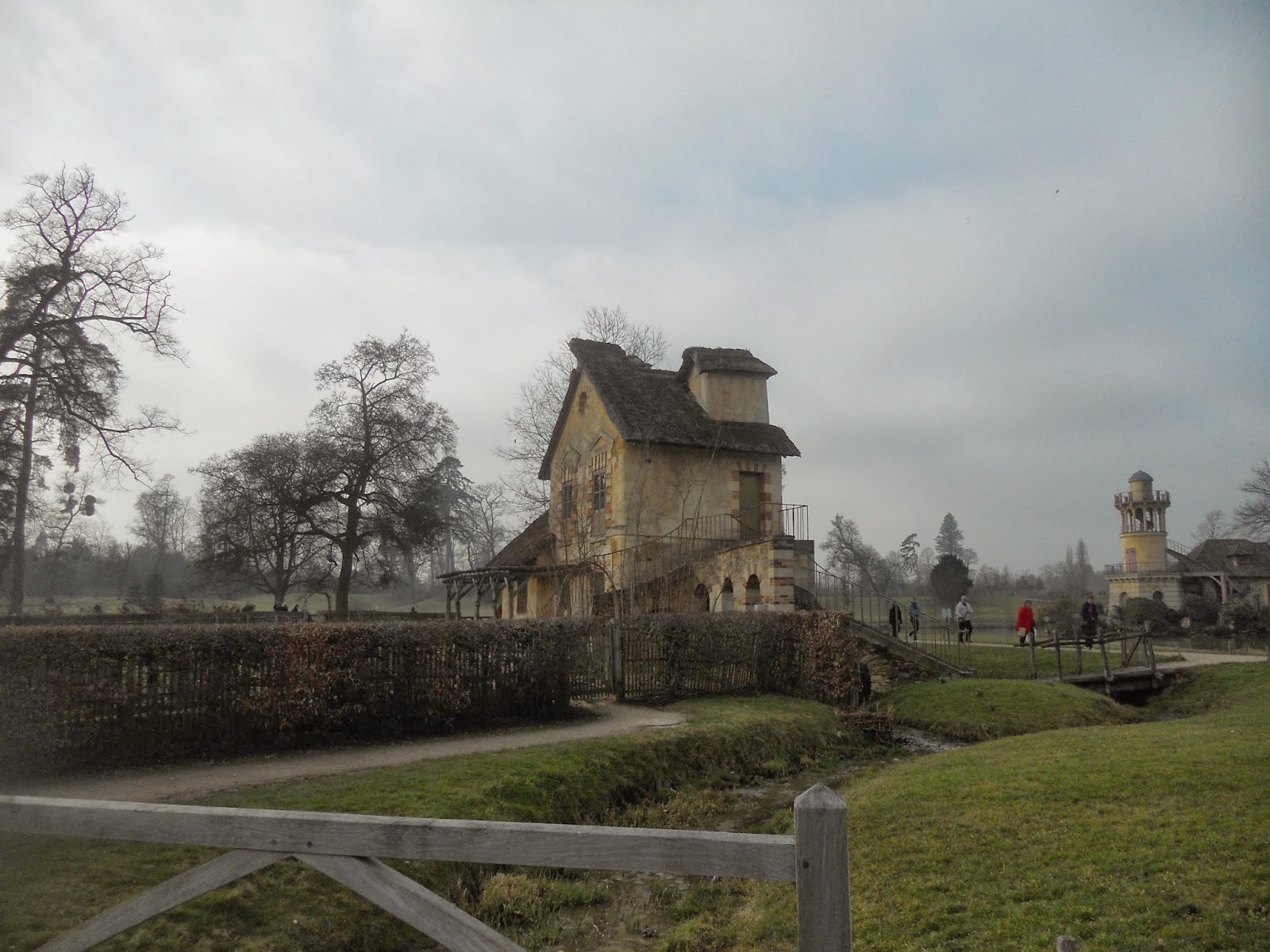Name: Elisabeth
Birthdate: December 24th, 1837 in Bavaria
Death: September 10th, 1898 in Geneva, Switzerland
Death: September 10th, 1898 in Geneva, Switzerland
I'm reading a biography about the
empress of Austria-Hungary: the beautiful Elisabeth, aka Sissi (or
Lizi or Sisi, depends on how you see it). The book was written by
Egon Cesar Corti in the early 20th century so just a few decades after
Elisabeth's death.
Mind you, I've read many works on this
famous woman (this one and this one among others), but that's probably the first time I'm reading a book
emphasing so much on her beauty.
Since the book was published around
1936, it is not surprising that Corti remained quite discreet about a few aspects of Sissi's life: her horrendous honey
moon, her cousin Ludwig II's allegded homosexuality, and some darker
sides of the empress herself.
Indeed, she had numerous qualities
(talk about it later) but she was also a human being with flows.
She was capricious, whimsical, selfish,
self-centered, depressed, misanthrope, sometimes lazy, too much of a
dreamer.
Moreover, her beauty was maintained at a high price: she
probably suffered from anorexia. At least in the book, Corti
mentioned Sissi's obsession with not getting weight. “Valérie a
même décidé Elisabeth à prendre des repas normaux. Ce ne fut pas
sans difficulté- à chaque bouchée l'impératrice craignait de
devenir 'comme un tonneau'. Crainte bien injustifiée! Elisabeth
n'est plus svelte, elle est maigre; mais la crainte d'engraisser est
chez elle une idée fixe. Au dire de Valérie, il n'y a pas moyen de
lal luire faire sortir de la tête.” Translation: Valerie
(her daughter) pushed Elisabeth to have normal lunches. It was not
without difficulty; with each morsel, the empress was scared to
become a “barrel”. That was quite unjustified! Elisabeth was no
longer slim and slender; she was rather thin; but the fear of
becoming fat was to her an obsession. According to Valerie's words,
there was no way to make it disappear from her mind.
She found an outlet in practicing intense
sports on repeated opportunities: it first started with horse-riding and then
very long walks. The empress was one of the best riders ever. She
rarely fell, and was able to gallop through very dangerous sites.
Corti spoke about the fact her big sister Helene was the first to start horse-riding before completely ceasing this activity. She wasn't really talented in this sport and her little sister Elisabeth was becoming a
better horse-rider than her! I wonder how Helene had felt when once
again Sissi became even more successful than her, beauty-wise. She
“snatched” the Austrian emperor's heart, their cousin
Franz-Josef.
Sissi was a
free-spirit and cherished her freedom more than everything. She
hadn't wished for an empress' life. When I read about her numerous
travels through Europe and else, I was getting the impression that
she couldn't settle somewhere. Why? Because she was somewhat
perturbed and she had to flee, to escape. As soon as she got the
unpleasant sensation of getting too attached to a place, she had to
go. She detested the Etiquette, rules, crowds, immobility.
What somewhat irked
me while reading her bio was how she asked her ladies not to marry.
Just because she had a mixed opinion about her marriage and marriages
in general, it doesn't mean that she should have thought that her
ladies getting married was bad for them too! At the same time, they
completely accepted this condition in order to stay with her. So...I can say both parts had a role in this celibacy.
Her qualities.
She was quite
modern, just like Marie-Antoinette: she claimed her right for privacy
and more independence. Since she couldn't refuse her condition as an
imperial woman, she took advantage of her money. Many somptuous
dresses, a plethora of horses, a personal train, lots of trips around
Europe, etc.. Sissi was having a hard time adapting to her status as
an empress. Who could blame her? She was so young (around 15-16) when Franz married her.
Her new entourage thought they would manipulate her, since she was young and inexperienced. They really, really didn't know her then!
She resisted and
tried to impose her way of life. While people in Vienna and Austria
didn't like her (or at least, she thought so), she enjoyed a great
popularity in Hungary.
Indeed, when she
loved something, Sissi was quite able to give all the efforts
possible to learn more. She became fluent in Hungarian and Greek.
She was one of the most physical persons at the court. She was more
liberal and better politically educated than what people thought of
her. She made it possible for Hungary to be a more equal country with Austria. She seemed to see better in political changes (whether
it was in Italy or in Europe in general) than, for example, her own
husband!
(she loved big dogs)
Once people got to
know her, they realized how delightful Sissi could be, how intelligent
and graceful she was.
She spoke softly,
most of the time, and gained a very delicate demeanour when she
didn't ride horses or go for long walks.
Furthermore, she
loved poetry and writing. Her daughter encouraged her to write and
express herself. I read some of her poems and one really struck me. I
don't remember it quite well, nor the title (oops!), but she talked
about someone dear (her husband?) dying in her dream. She wakes up,
crying, relieved to see him alive. The French translation I read
actually touched me.
Just like for
Marie-Antoinette, I wish a new film was made about Sissi. In a
previous article, I already mentioned which actress I'd like to see
playing her.
(Eva Green!!)
PS: Fashion Minute. I see Dita von Teese's wedding dress and I don't know why she reminds me of Sissi in it.
So pretty!




































































